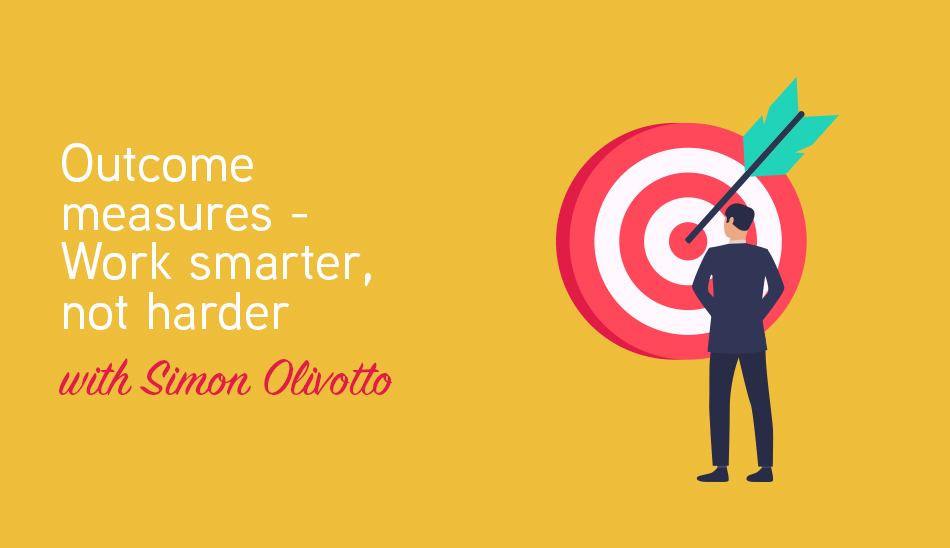When your patient has neck pain, back pain, shoulder or persistent, widespread pain, what will you measure in your assessment and management? Do you measure pain and ROM? Strength or motor control? Functional measures or psychosocial factors?
Do you ever feel overwhelmed trying to ‘measure everything’ in clinical practice? Or do you find yourself performing the same type of measurements, even with patients that have different presentations or goals?
Measuring each potential factor would take more time than we have with each patient, and make it hard to identify the most important information. Where do you start? What information do you need most? How do you choose what the best measure is for each patient?
Choosing appropriate outcome measures for each patient will save time in your assessment, target your treatment and education where it’s needed to improve your treatment results, and become powerful patient motivators. You’ll know if you’re providing effective treatment and whether your patient is really improving.
Now available Presentation 8 - Outcome measures - Work smarter, not harder with Simon Olivotto
With this presentation by Simon Olivotto (Specialist Musculoskeletal Physiotherapist, FACP) you’ll use your clinical reasoning to choose the best outcome measures for each of your patients. You’ll explore:
- Practical case studies to identify appropriate outcome measures for pain, ROM, strength and motor control
- Advantages and disadvantages of using self-reported outcome measures
- Practical examples of how self-reported outcome measures can save you time in the clinic and make you more efficient!
- How to decide on the outcome measures to use with each patient
- How to accurately measure pain
- How to easily incorporate outcome measures into your clinical practice to streamline your assessment
- How to understand and interpret outcome measures
- How to perform motor function tests in your neurological assessment
- Test, measure and prove the factors involved in your patient’s pain
- The most accurate ways to measure range of movement
- The accuracy of “eyeballing” range of movement, compared to apps, goniometers and inclinometers
- How to measure strength and muscle endurance
- When you don’t have a handheld dynamometer, how to accurately assess strength
- How you can accurately measure motor control
- How to use outcomes measures to improve your telehealth consults
- When and how can you use psychosocial questionnaires & tools
- How to measure your patients progress towards their goals
- Specific outcome measures and questionnaires you can use for each area of the body
- How to make sure your treatment is effective.
- When your patient reports an improvement in symptoms or function, confidently identify if your treatment has actually helped and their change is clinically significant
Alongside this presentation, Simon has also prepared a comprehensive outcome measure resource for you, containing:
- A Cheat Sheet to help you select the right outcome measures for each patient
- Downloadable outcome measures and questionnaires
- A detailed guide to help you use outcome measures with your patients
CLICK HERE to improve your clinical reasoning with a free trial Clinical Edge membership

